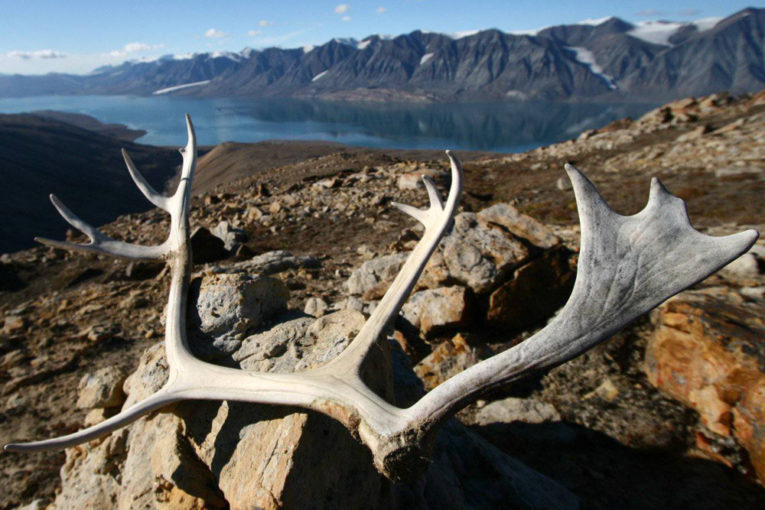
Despite spending the better part of his career surrounded by endless stretches of boreal forest, John Unger has almost no first-hand knowledge of the boreal woodland caribou, a species whose survival instincts keep it deep in the woods and away from potential predators.
“I’ve never seen a caribou in my life,” said the chief executive of La Crete Sawmills Ltd., a northern Alberta facility that employs around 100 people and is named after the hamlet it’s located in.
But the naturally reclusive caribou could soon leave a major imprint on northern communities such as La Crete, Unger said, as Ottawa pushes ahead with contentious species protection plans to save threatened herds.
The policy could have a “devastating” impact on Unger’s sawmill by designating large swaths of land off-limits to timber harvesting, in turn shrinking the mill’s productivity and profit margins. “Even a small reduction translates into several days without work,” he said.
Unger’s concerns are echoed by business owners and political officials, who say the federal policy could potentially cripple entire northern communities by blocking access to potential lumber and oil and gas resources. Softwood lumber producers are particularly wary of the proposed policy change.
“It could mean some reduction in our cut,” said the manager of a northern Alberta sawmill who asked to remain anonymous.
Nevertheless, the federal government is preparing to publish in the coming days its first “report card” on provincial caribou protection plans, more than five years after it unveiled its official caribou recovery strategy at the end of 2012.
That strategy falls under the Species at Risk Act, which listed the boreal woodland caribou as a threatened species in 2003. Ottawa’s rules effectively dictate that 65 per cent of the land within the country’s 51 caribou ranges remain “undisturbed” by industrial activity, and calls on the provinces to introduce recovery plans to meet that threshold.
So far, the provinces have blown past a crucial 2017 deadline to submit detailed proposals. Some have lashed out at the federal government as they struggle to balance waning caribou populations with their broader economic goals.
Alberta and Ontario have both said they need more time to assess the socio-economic impacts before establishing hard policies. And B.C.’s updated recovery plan was rejected by Ottawa on the grounds that it needed “more and stronger protective measures” to meet federal standards, according to a B.C. government official.
Alberta, for its part, put its plans on hold in March after Environment Minister Shannon Phillips said in a sharply worded letter to Ottawa that it was concerned about widespread economic carnage if the federal threshold was met.
The letter warned “now is not the time to impede” an economic recovery currently underway in Alberta after a collapse in oil prices in 2014, and said the province would need more funding from Ottawa to meet its thresholds.
The caribou protection measures have also inspired heated opposition from rural northern communities. In October, pro-business protestors gathered at the Alberta Legislature toting placards with slogans such as “Save caribou and jobs” in a bid to convince government to hold off on its plans. Other rallies have supported stricter caribou protections.
Ottawa’s rules effectively dictate that 65% of the land within the country’s 51 caribou ranges remain undisturbed
“There’s an enormous amount of tension around this subject,” said Ray Hiltz, founder of the Alberta Forest Alliance, a group that defends industry from perceived threats out of Ottawa.
The federal regulations could enforce a 500-metre buffer zone around any land considered “disturbed” by industrial activity, including anything from oil and gas wells to roads, effectively designating those regions off limits to future development.
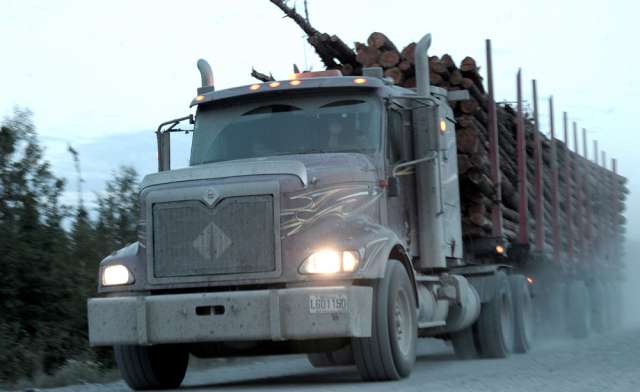
At a high level, and applied to large and uniform areas of disturbed land, the threshold makes sense. But critics argue the approach doesn’t fit well with typical patterns of industrial development in northern communities, and threatens to exaggerate environmental impacts.
For example, seismic lines — narrow paths that are cut through the forest in a massive grid-like pattern and used for oil and gas exploration — run across wide swaths of northern Alberta, but physically impact only a small portion of the land.
“That four-metre seismic line essentially becomes a kilometre-wide feature,” Hiltz said.
Alberta estimates it could cost between $1.5 billion and $2.5 billion to restore the 250,000 kilometres of seismic lines criss-crossing the province.
But concerns in the business community are met with equal dissatisfaction by groups that want to protect the woodland caribou, whose numbers have steadily dwindled.
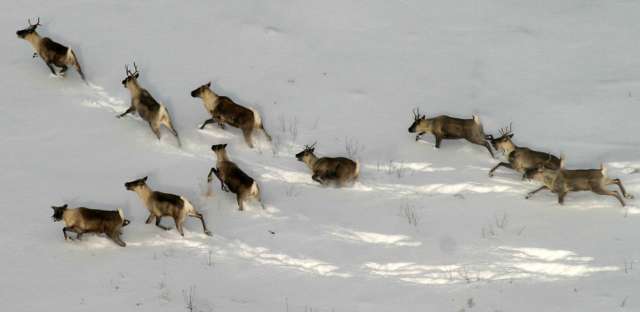
A 2017 report found that most caribou herd sizes had shrunk since a previous study five years earlier.
The latest victim is the South Selkirk caribou herd, near the Canada-U.S. border in B.C., which is now all but extinct after a particularly severe winter killed off all but three females, eliminating any potential to produce offspring.
“We definitely have a number of herds that are getting very, very small,” said Florence Daviet, national forest program director at the Canadian Park and Wilderness Society (CPAWS).
The decline is partly due to the woodland caribou’s tendency to hide deep in the boreal forests. Unlike, say, moose and deer, which have learned to thrive in more urban and densely populated regions, caribou have been backed into smaller and smaller habitat areas.
Their struggle is compounded by vast stretches of roads and seismic lines reaching further and further into boreal forests, giving predators such as wolves more direct lines of sight on prey. Growing populations of moose and deer have also led to higher wolf populations overall.
Saving Val-d’Or caribou would cost $76 million — Quebec has decided to let the herd die off
Reversing the trend could prove costly. Earlier this year, Quebec’s Forests and Wildlife Minister Luc Blanchette announced it could cost as much as $76 million over 50 years to save the embattled Val-d’Or caribou herd based in the northwest of the province. Quebec has instead decided to let the herd die off.
In January 2018, Ontario’s Ministry of Natural Resources and Forestry released a report that found caribou protections could cut 2,800 jobs in the forestry sector alone, and could cost the province $271 million in annual GDP. Hydro and mining developments in northern Ontario would also see retrenchment.
Still, many businesses fear Ottawa could seek retribution if its targets aren’t met. Many worry it will issue a so-called “safety net” protection order, allowing government to immediately halt industrial activity in a given area to protect a threatened or endangered species.
Ottawa has issued similar emergency orders twice since the Species at Risk Act was introduced in 2002.
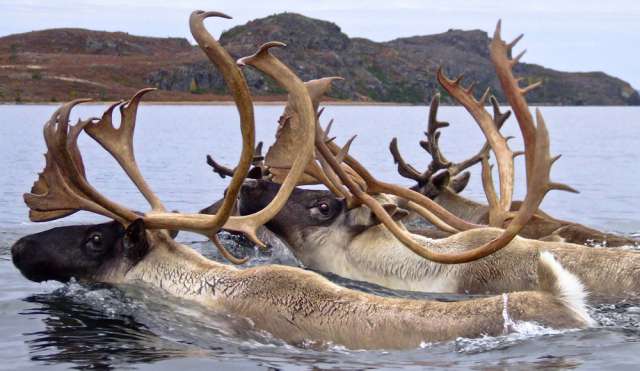
Most recently, it issued an order to stop various industrial activities within a two-square-kilometre region near southern Montreal to try to save the threatened western chorus frog. Another emergency order in 2013 prohibited some industrial activity in Alberta and Saskatchewan to protect the sage-grouse.
There is increasing pressure on Ottawa to introduce such protection orders, particularly for a Liberal government that has worked hard to establish an environmentally-conscious image.
In early 2017, CPAWS sued the federal government for failing to intervene in the continuing decline of caribou herds. The government subsequently announced $1.3 billion in funding to support endangered species in its 2018 budget.
This kind of uncertainty is not good for business
Jamie Lim, chief executive of the Ontario Forest Industries Association, argues the push by environmental organizations to save the woodland caribou is part of a broader effort to restrict all industrial activity under the guise of protected species legislation.
Those efforts typically revolve around picking an iconic or widely loved animal and rallying support around it. In a December 2007 report by the Ivey Foundation, a coalition of conservation groups named Save Ontario Species laid out a step-by-step guide on how to successfully lobby government on species protection, including “selecting key species with strong public appeal” to act as flagship to stop widespread industrial expansion.
Lim warns the Species at Risk Act has been hanging over the heads of northern communities and businesses in Ontario.
“This kind of uncertainty is not good for business,” she said.
Increased caribou protections could also impact oil and gas development.
According to the Canadian Association of Petroleum Producers, 70 per cent of so-called “in situ” oilsands production is located within caribou ranges in northwest Alberta. That in situ production, a method that involves injecting steam into deep underground wells, is where analysts expect most future oilsands production to come from.
Roughly 99 per cent of Little Smoky and A La Peche caribou ranges, located in central-west Alberta, map over top of leased oil and gas lands, the association said, while 87 per cent of the Narraway range and 29 per cent of the Chinchaga range are also leased.
Oil producers including Encana Corp., Cenovus Energy Inc. and MEG Energy Corp. have for years employed biologists to monitor caribou herd migration patterns and population levels, and some have adjusted their techniques as a result.
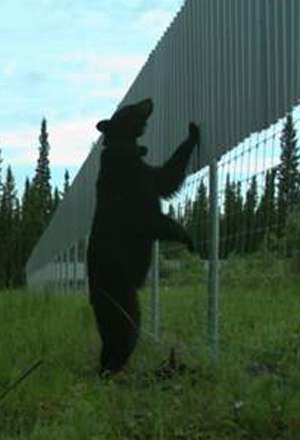
For example, many companies have begun building pipelines on high supports to allow caribou and other animals to travel freely, and seismic lines are now cut in zigzag patterns rather than straight lines to lessen the advantage to predators. A few have considered fencing off small “maternity pens” to protect mothers and stabilize herd sizes — a method the B.C. government has tried.
Industry representatives are adamant that they agree with the overall spirit of Ottawa’s protection plan to recover caribou herds, but say the best solution would be a collaborative, industry-led approach that would avoid a protection order.
Oil and forestry companies, the theory goes, could plan development further in advance to build shared roads and other infrastructure, reducing their overall footprint.
“I don’t think any of us want to see the federal intervention on range planning,” said Amit Saxena, a biologist at Devon Energy Corp. who is leading the company’s caribou restoration efforts.
It’s unclear whether such an approach would be enough to fully appease environmentalists, especially if herd numbers remain unstable, but Ottawa’s current plans are unlikely to appease business owners.
La Crete Sawmills’s Unger, whose mill is wedged between the Caribou Mountains and Red Earth caribou ranges, is left with deep uncertainty over the federal protections. He sees it doing little to restore the caribou herds that once roamed across in Canada in great numbers.
“It’s a farce, that’s all it is.”
• Email:
You can read more of the news on source
